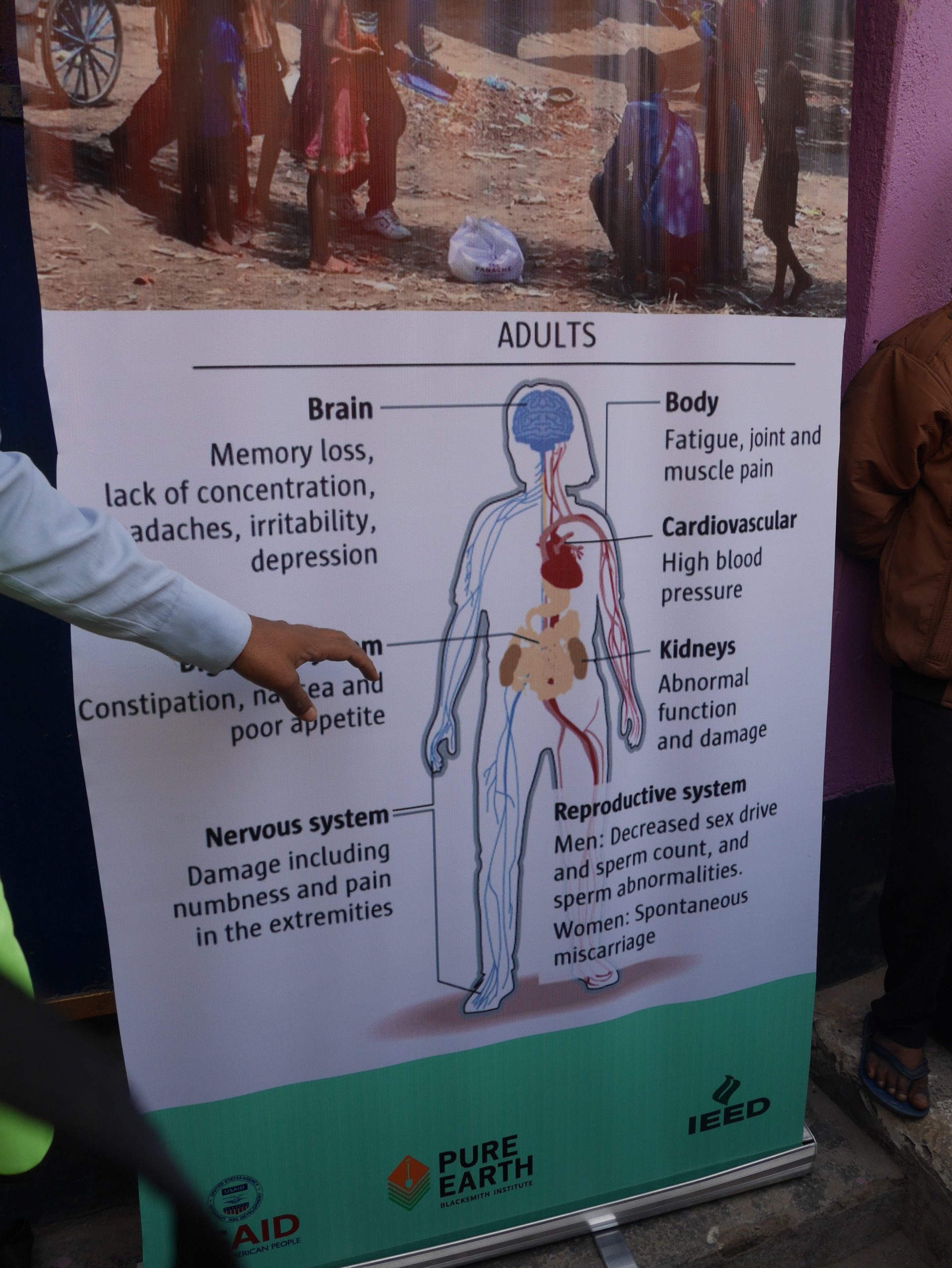It was a day to remember.
The celebration in the public town square of Karmalichak, a community in Patna, in the state of Bihar, India, was not only fun, but potentially life-changing. Organized by our local partner, the Institute of Environment and Eco-Development (IEED), the event was promoted as a festive social gathering, but its real purpose was to educate residents about deadly lead poisoning, and to celebrate the cleanup of lead contamination in their town.
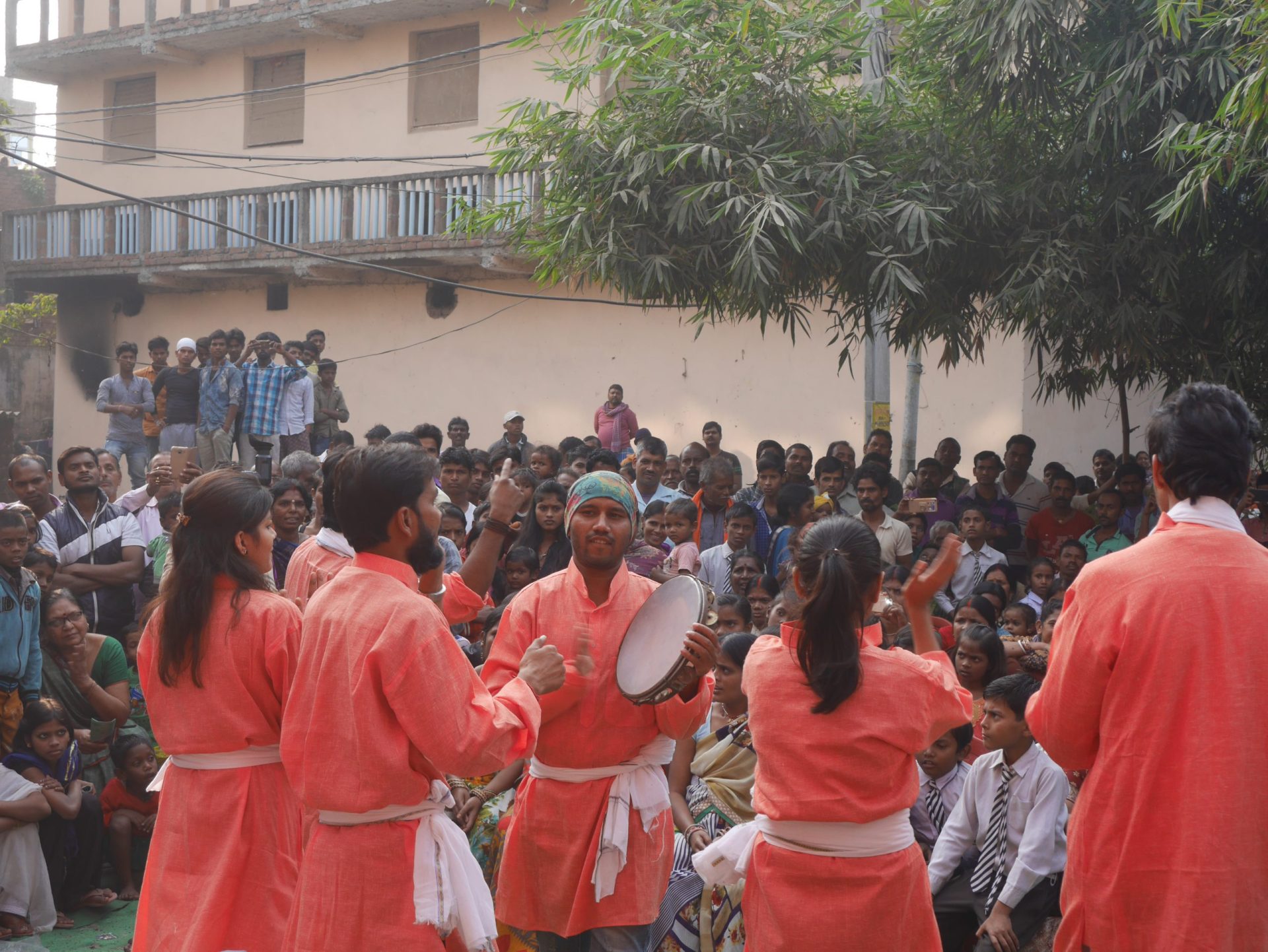
Hundreds showed up. They came with their friends and families, with babies in tow. There was food, music, dancing, and songs and skits performed on a stage.
The media showed up with cameras, local leaders gave speeches, and even the Mayor of Patna attended.
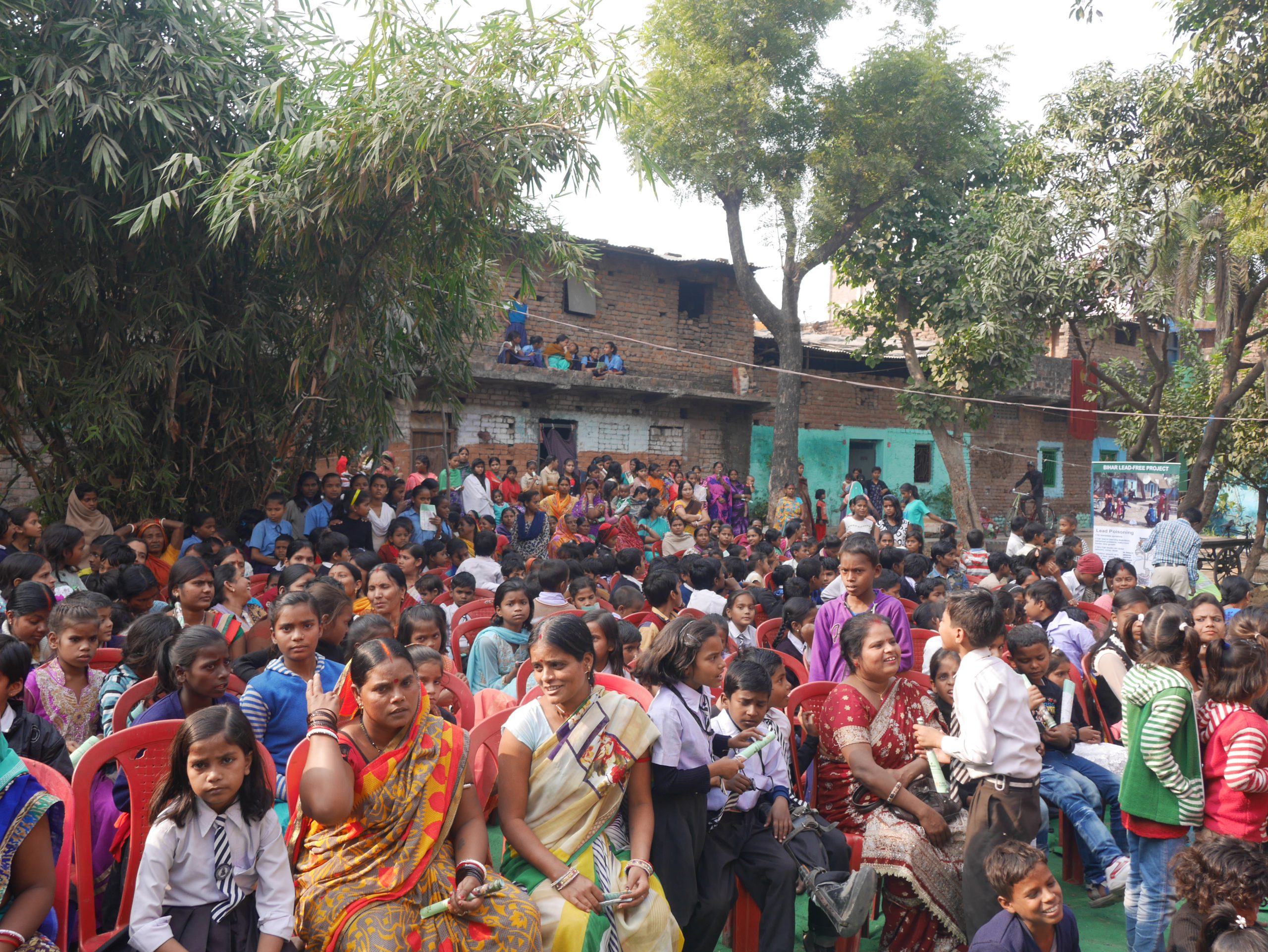
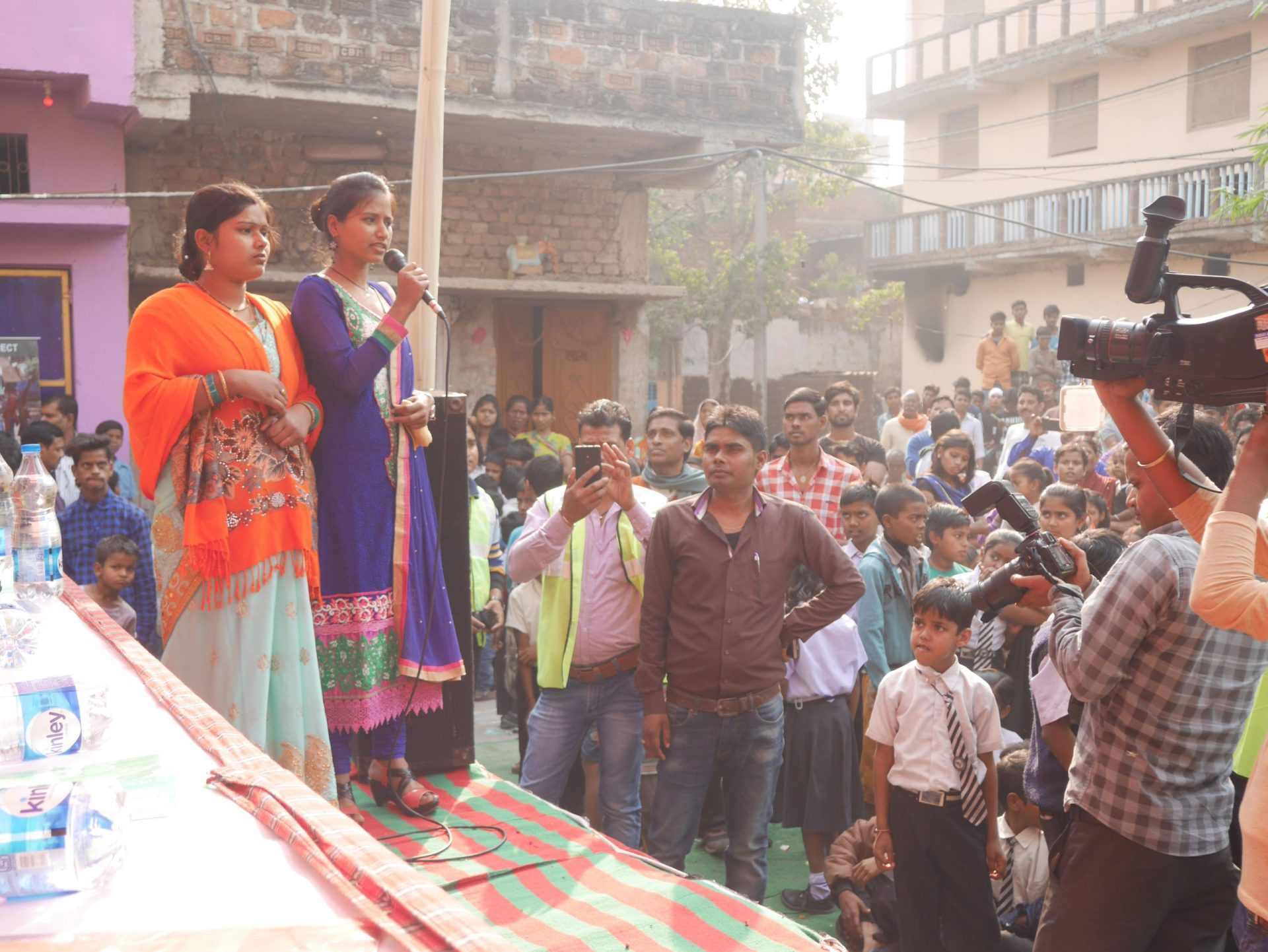
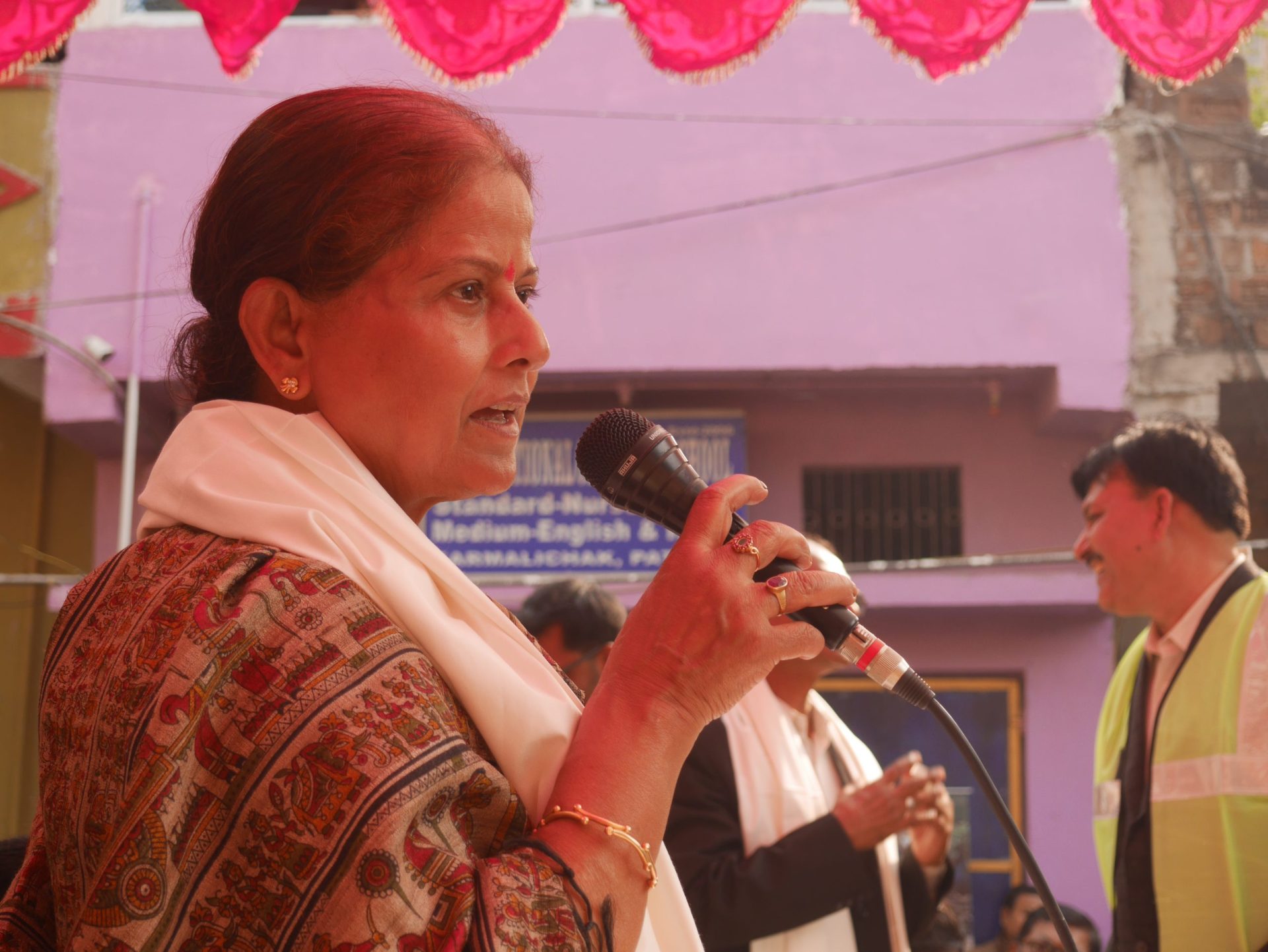
For years, the residents of Karmalichak, including about 300 children, have lived with toxic lead. It was in their homes, streets, playgrounds, and schools. Yet few were aware of it, and many learned about it that day from performers and presenters on that brightly decorated stage.
Lead is an invisible danger that accumulates slowly and silently in bodies, threatening the health of those exposed, in particular children.
The public celebration didn’t just bring to light the community’s lead poisoning problem, but also put a spotlight on the solution, and all the work that had been going on in the community leading up to the event.
For months, the Pure Earth team had been collaborating with local partners and community leaders to identify toxic sites in the area, confirm the level of contamination and risk to residents, plan the cleanup project, train workers, and conduct community outreach.
Karmalichak’s Youngest Victims Were Poisoned At School
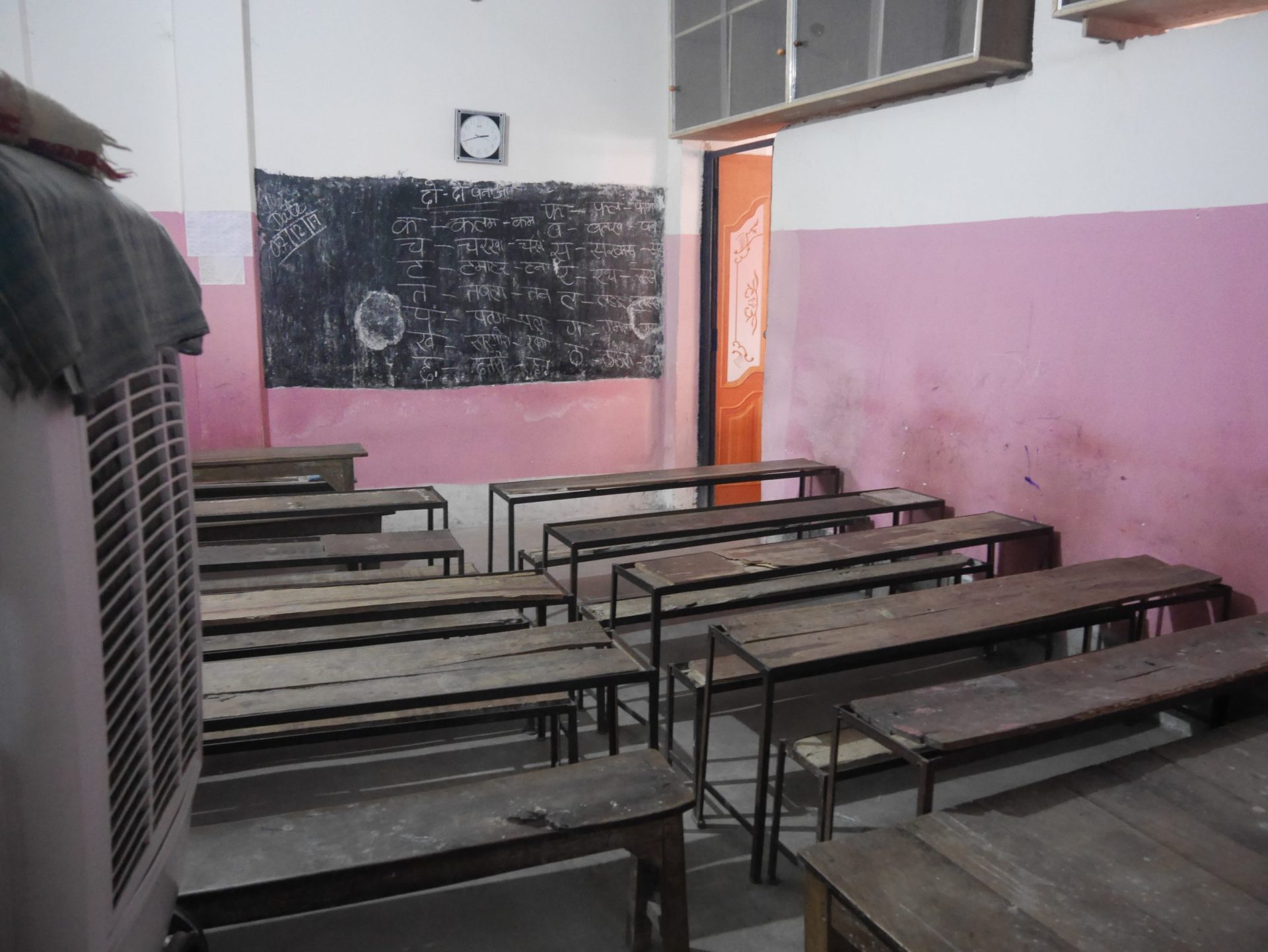
For years, teachers in Karmalichak’s elementary school tried to elevate young minds, not realizing that their students were being stifled by toxic lead being released just next to the school.
An informal battery manufacturer was assembling batteries less than 10 meters from the school attended by 250 children. The plant closed in 2016 but left behind a dangerous legacy of lead that contaminated surrounding homes, roads, playgrounds, and the school in this densely-packed neighborhood.
When we tested 41 local children, we found that their mean blood lead levels were approximately 25 μg/dL, with some recording blood lead levels as high as 80 μg/dL—16 times the US CDC’s reference level (NOTE: While there is no safe level of lead, a lead level of 5 µg/dl is known to cause intellectual impairment and triggers intervention in the US.)
In addition to health damages, lead poisoning has been linked to a loss of IQ. In Karmalichak, children may have permanently lost between five and nine IQ points because of lead poisoning.
How do you clean up a community?

Pure Earth and IEED began at ground zero—the site of the contamination—and mapped out 46 points surrounding the former battery manufacturing site for environmental sampling and analysis.
Using a handheld X-ray fluorescence (XRF) analyzer, which can analyze the concentration of toxic metal particles in soil in about 30 seconds, the team identified eight public areas where the lead contamination exceeded 400 ppm as priorities for cleanup.
These areas included a field where crops were being grown and potentially contaminated with lead, and areas where children played or where residents walked, worked or gathered.
Pure Earth technical advisor, Gordon Binkhorst, trained 15 local workers and supervisors to conduct the cleanup.
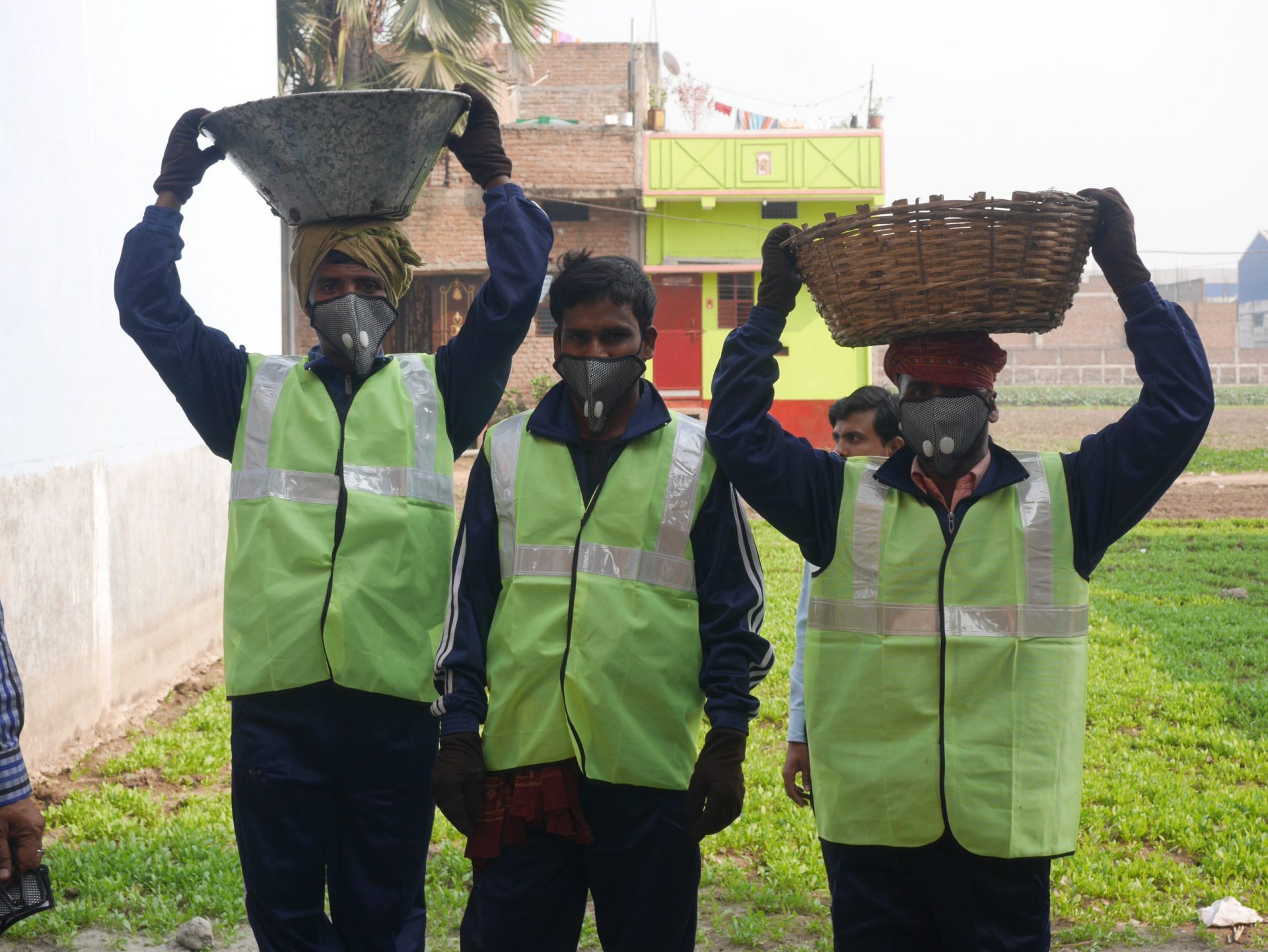
The workers cleared away trash, and used 34 truckloads of clean soil and sand to cap contaminated streets and public areas to seal in the toxic lead and prevent it from spreading. The team paved several paths with concrete and drainage channels to not only seal the contaminated soil under the path, but to upgrade the community’s infrastructure to better serve them during monsoons.
The team also cleaned the interior of the school and of homes within the previously contaminated area. They door to door to every household in Karmalichak to provide information about the harmful effects of lead contamination, and how to keep their homes clean and free of toxic lead.

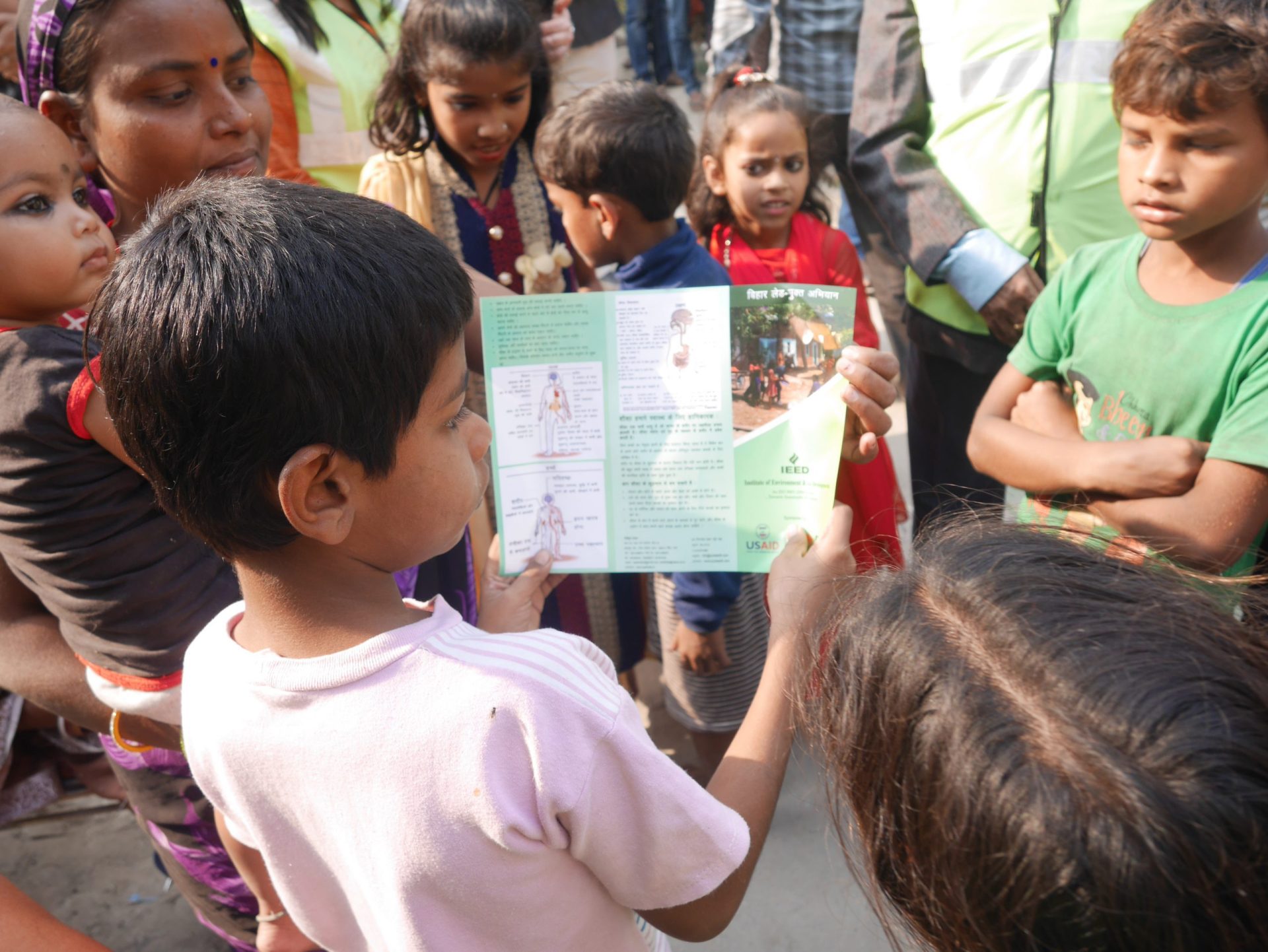
A Local, National, and Global Problem
The lead problem is not unique to Karmalichak. In Bihar state, where Karmalichak is located, one in three deaths is attributable to pollution-related illness.
Of the 120 contaminated sites Pure Earth and IEED have identified in Bihar through the Toxic Sites Identification Program, 112 were contaminated with lead.
Bihar was where we found lead contamination levels in residential soil that exceeded 60,000 parts per million. This is about 150 times over the US EPA’s standards for soil in areas where children play. Bihar was also where we were able to find and identify a record amount of lead contaminated sites in a record amount of time.
Nationally, lead poisoning is widespread among India’s children. Existing studies suggest that Indian children under 12 have a mean blood lead level (BLL) of 7 µg/dl, and 9 µg/dl for kids under age 2. Writing in the Economic Times, Dr. Subhojit Dey, Associate Professor, Indian Institute of Public Health, (IIPHD) estimates that the “loss of IQ of Indian children due to such high lead levels is resulting in $236.1 billion (12.5% of India’s GDP) in economic productivity every year.”
Globally, lead poisoning is a leading environmental health risk to children along with air pollution and unsafe water. Some experts consider it to be the#1 childhood environmental health threat.
Today Karmalichak stands as a model for what can be done across Bihar and India.
Our message reached almost every resident in Karmalichak who attended the community gathering. We look forward to many more celebrations to come.
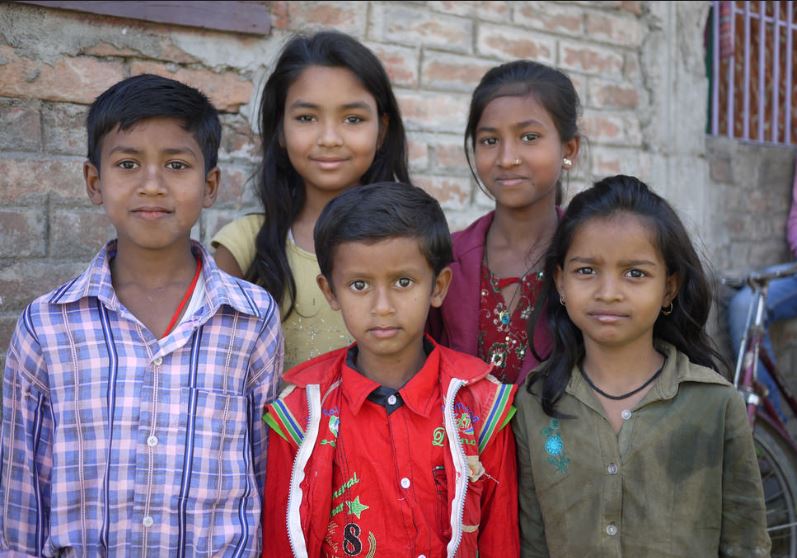
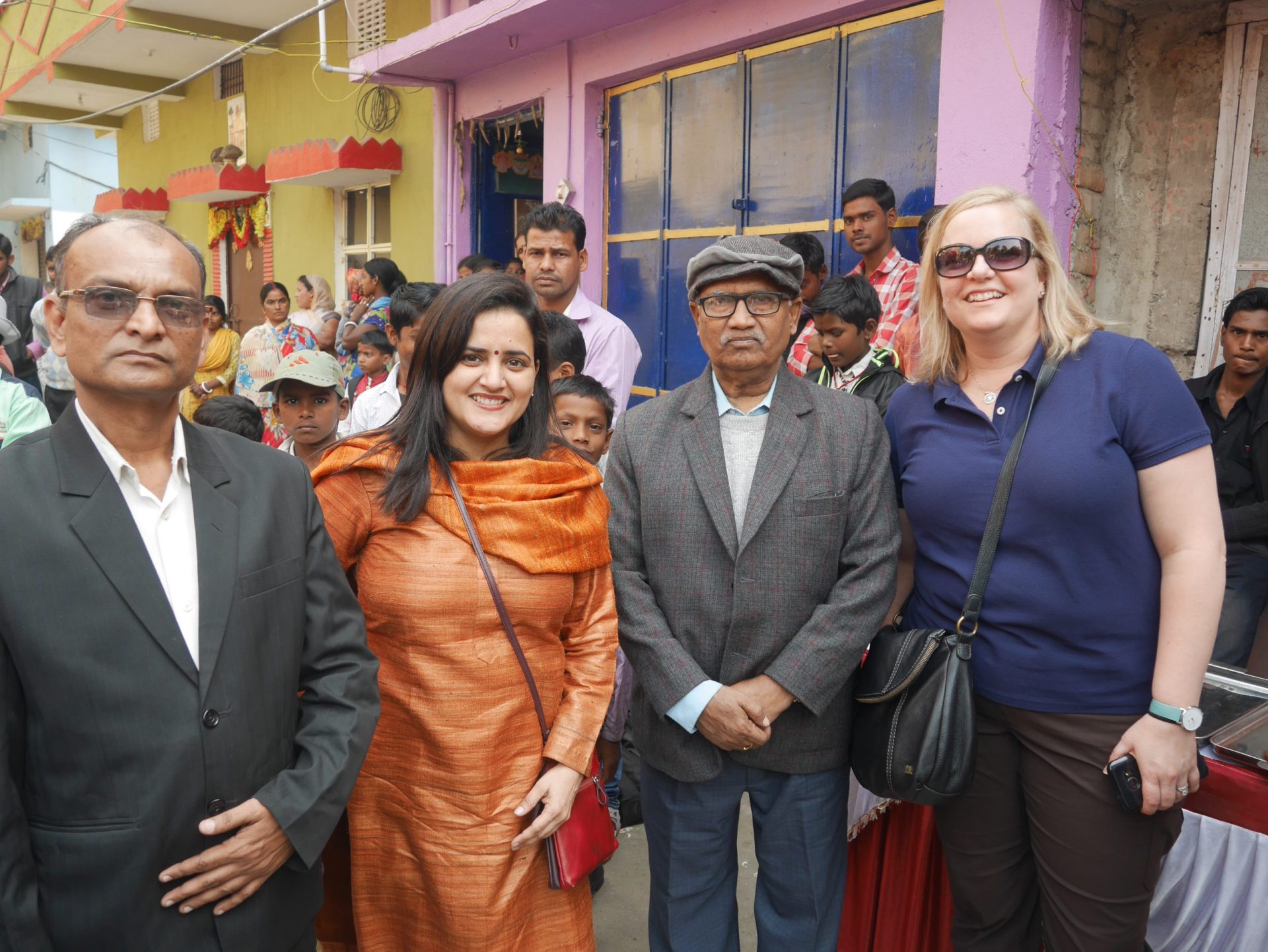
This project is funded in part by USAID, UNIDO, and Environmental Resources Management (ERM).
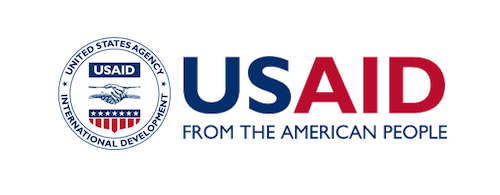
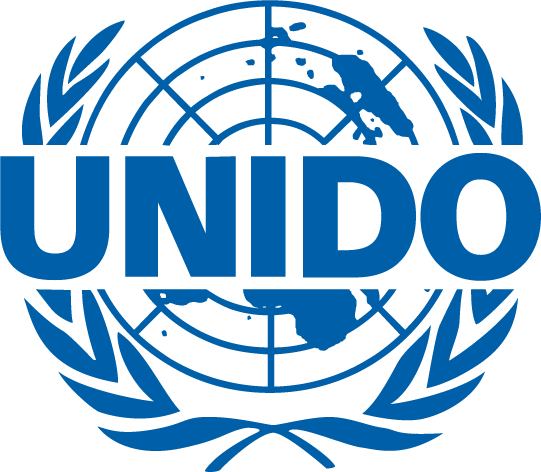

Related:
In Bihar, Toxic Lead 150 Times Over Limit
In Bihar, Toxic Lead 150 Times Over Limit



